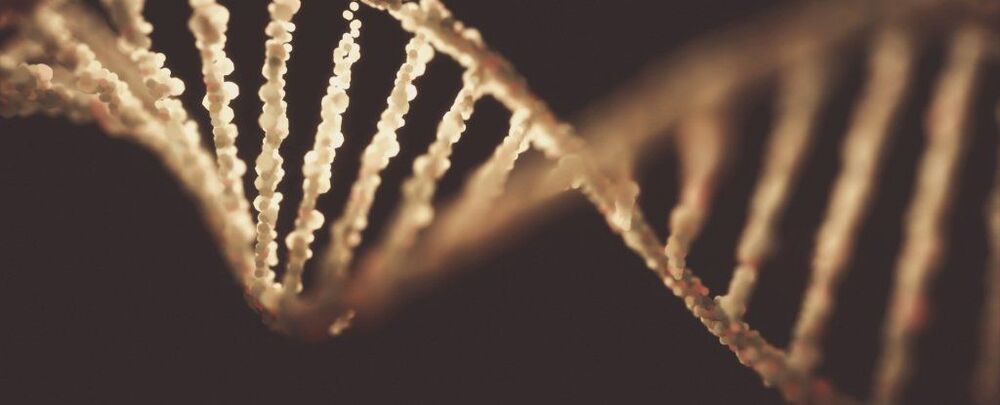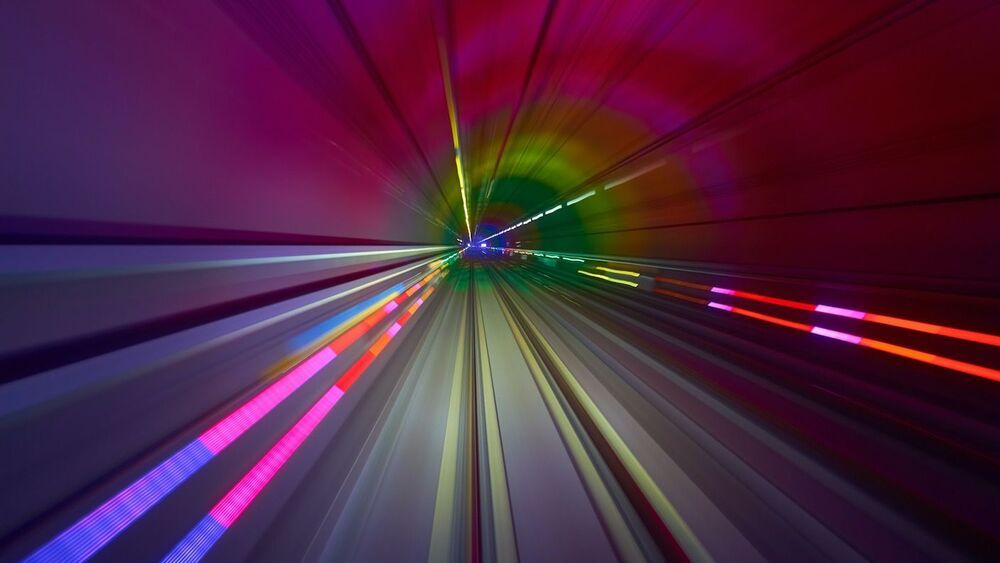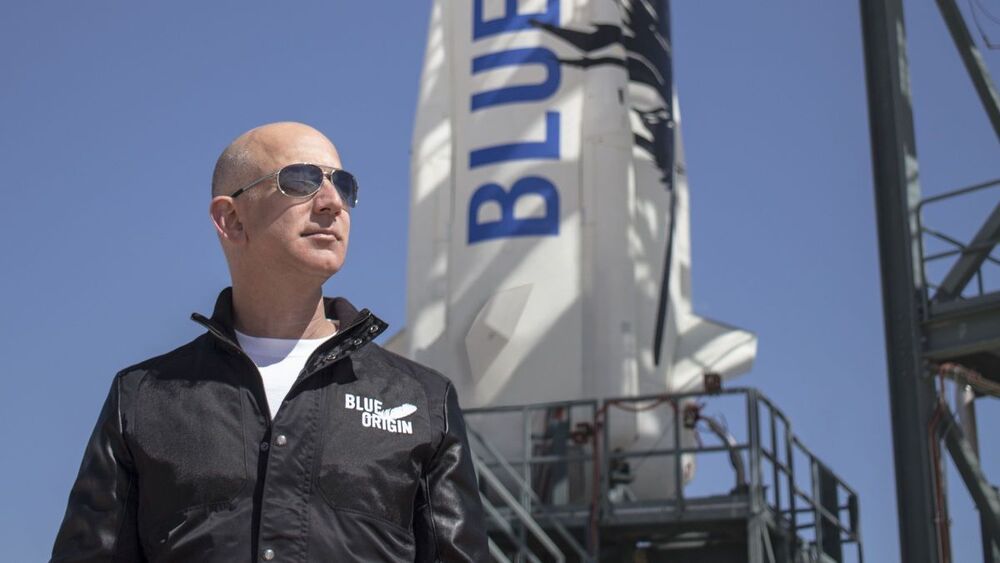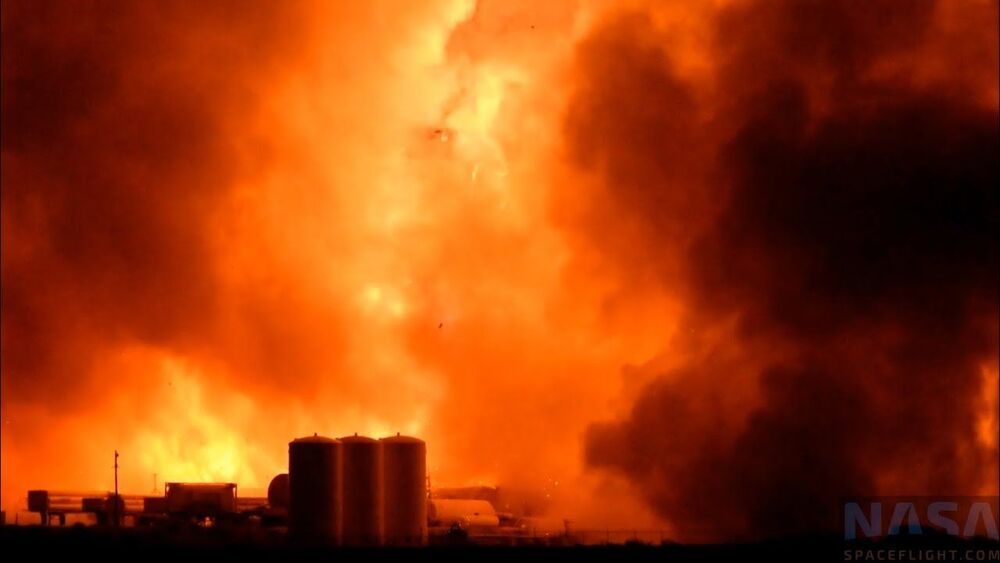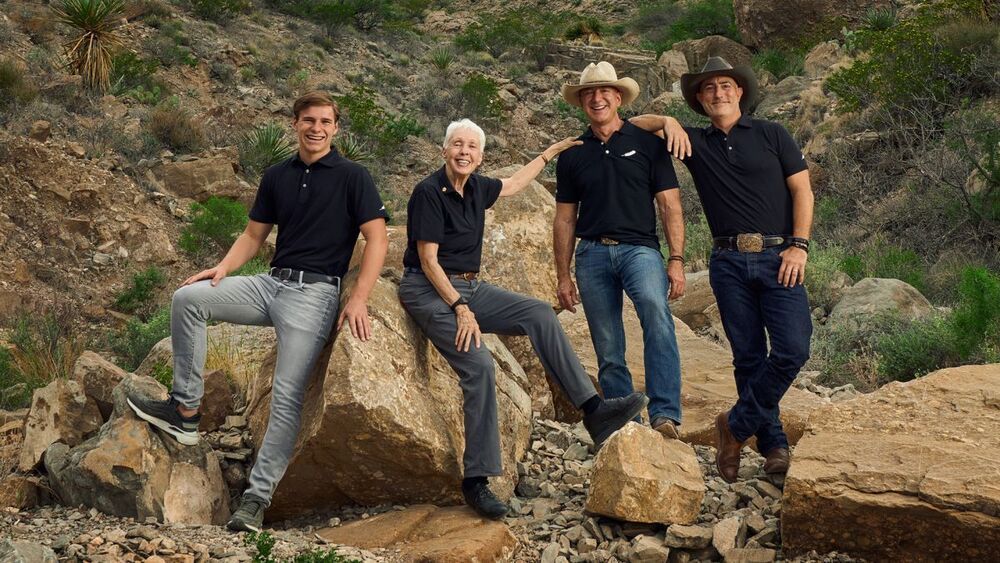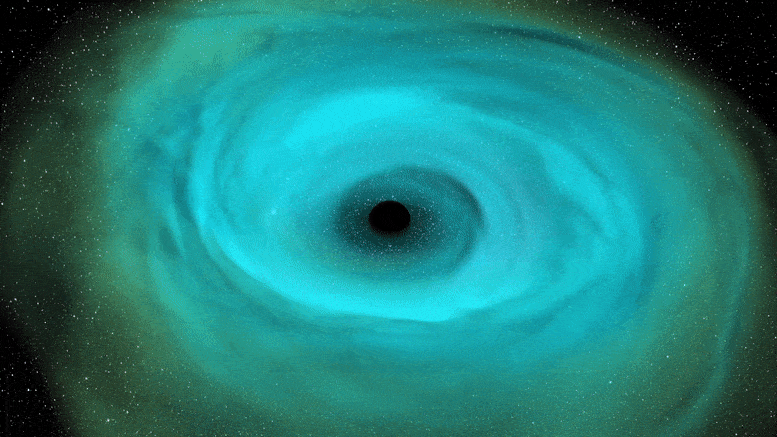Researchers have discovered that cybercriminals operating from Romania are performing Linux cryptojacking attacks.
Mysterious strands of DNA that seemingly assimilate genes from many different organisms in their surrounding environment have been discovered in a Californian backyard.
Scientists have named these elements “Borgs”, and their discovery could help us not just understand the evolution of microorganisms, but their interactions within their ecosystems, and their role in the broader environment.
According to geomicrobiologist Jill Banfield from the University of California, Berkeley, Borgs could make for a tremendously significant discovery.
The basic assumption, and it’s proven to be a good one, is that more people will want to send more stuff over the internet tomorrow, Tuesday, or in ten years. We may not know how many people or what stuff exactly, but growth has generally been a good guess.
To meet tomorrow’s demands, we have to start building a more capable internet today. And by we, I mean researchers in labs around the world. So it is that each year we’re duly notified of a new eye-watering, why-would-we-need-that speed record.
In August of last year, a University College London (UCL) team, set the top mark at 178 terabits per second. Now, a year later, researchers at Japan’s National Institute of Information and Communications Technology (NICT) say they’ve nearly doubled the record with speeds of 319 terabits per second.
Encouraging Mid Trial data update! Great to know Dr. Katcher is applying for IRB approval for their human clinical trial for E5.
In this video we provide an update on Dr. Katcher’s experiment where he is treating rats with E5 (formerly called Elixer) on a regular schedule to see how long they will live for. Dr Katcher’s team have kindly provided some intermediate updates that we share in the video.
0:00 — 00:50 Introduction.
00:51 — 04:02 Project Background/Overview.
04:03 — Project Update.
Papers referred to in this newsletter.
The largest salt lake in the Western Hemisphere is shrinking rapidly. Left alone, the lake’s footprint would span 2100 square miles — more than three times the area of Houston. An analysis published last year showed that water siphoned off the rivers that feed the natural wonder had reduced its level by 11 feet, depleting the lake area by more than half.
The trouble trickles up the food chain. The Utah Geological Survey openly expressed its fear Thursday that the shrinking lake levels threaten to kill microbialites — underwater reef-like mounds that help feed brine flies, brine shrimp and, thus, the 338 species of birds that visit each year.
Great Salt Lake is also known as America’s Dead Sea — owing to a likeness to its much smaller Middle Eastern counterpart — but scientists worry the moniker could soon take new meaning.
The risk of failure for New Shepard is comparable to other rockets.
Two spaceflight experts consulted by Live Science said that Jeff Bezos had decent odds of surviving his upcoming ride into space.
SpaceX is gearing up to launch the Starship into orbit, the biggest tesy yet for the ship designed to send humans to Mars and beyond.
The first Blue Origin crew will not wear spacesuits during their 11-minute journey to space and back Tuesday (July 20), according to founder and flight crew member Jeff Bezos.
Salvatore Vitale describes how gravitational-wave signals suggest black holes completely devoured their companion neutron stars.
Recently, an international team of scientists, including researchers at MIT, announced the detection of a new kind of astrophysical system: a collision between a black hole and a neutron star — two of the densest, most exotic objects in the universe.
Scientists have detected signals of colliding black holes, and colliding neutron stars, but had not confirmed a merging of a black hole with a neutron star until now. In a study appearing today in The Astrophysical Journal Letters, the scientists report observing not just one, but two such rare events, each of which gave off gravitational waves that reverberated across a large swath of the universe before reaching Earth in January 2020, just 10 days apart.

